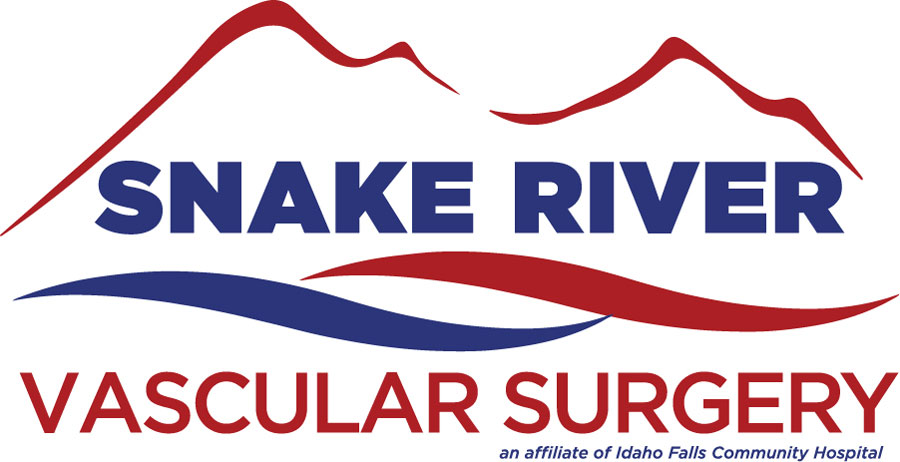The Best Sleeping Position for Peripheral Artery Disease
Quality rest is crucial for maintaining optimal health and wellness. However, for individuals living with Peripheral Artery Disease (PAD), achieving a restful night’s sleep can be challenging. PAD, a condition characterized by narrowed arteries reducing blood flow to the limbs, can lead to discomfort and pain, particularly during sleep. Fortunately, adopting the right sleeping position can alleviate symptoms and promote better sleep quality. In this blog post, we’ll explore the best sleeping position for individuals with PAD, helping them find comfort and relief.
Understanding PAD and its Impact on Sleep
Before delving into the best sleeping position, it’s crucial to understand how PAD affects sleep. PAD commonly manifests as leg pain, cramping, and discomfort, especially during physical activity. However, these symptoms can also arise at rest, disrupting sleep patterns and reducing sleep quality. The reduced blood flow to the legs exacerbates discomfort when lying down, making it challenging to find a comfortable sleeping position.
The Importance of Proper Sleep Positioning
Finding the right sleep position is essential for individuals with PAD to alleviate discomfort and promote better circulation. The ideal position should facilitate adequate blood flow to the limbs while minimizing pressure on affected areas. Additionally, it should promote spinal alignment to prevent further discomfort or pain.
The Best Sleeping Position for PAD: Elevated Legs
Among various sleeping positions, elevating the legs proves most beneficial for individuals with PAD. This position, also known as the supine position with leg elevation, involves lying flat on the back while propping up the legs with pillows or a wedge. Elevating the legs above heart level helps improve blood circulation, reducing swelling and discomfort in the lower limbs.
How to Achieve the Elevated Leg Position
To adopt the elevated leg position effectively, follow these steps:
Start by lying on your back in bed.
Place one or two pillows under your legs, positioning them below the knees.
Ensure the pillows elevate your legs slightly above heart level.
Experiment with the number of pillows to find the most comfortable elevation for you.
Benefits of the Elevated Leg Position
Elevating the legs offers several benefits for individuals with PAD:
Improved circulation: Elevating the legs above heart level facilitates better blood flow to the legs, reducing pain and discomfort associated with PAD.
Reduced swelling: By encouraging fluid drainage from the legs, the elevated leg position helps alleviate swelling, enhancing comfort during sleep.
Enhanced comfort: Elevating the legs relieves pressure on the lower limbs and promotes relaxation, leading to a more restful sleep experience.
Spinal alignment: When combined with proper pillow support, the elevated leg position promotes spinal alignment, reducing strain on the back and enhancing overall comfort.
Additional Tips for Better Sleep with PAD
In addition to adopting the elevated leg position, consider the following tips to improve sleep quality:
Keep a regular sleep routine: Ensuring you go to sleep and wake up at consistent times every day aids in stabilizing your body’s internal rhythm, leading to improved sleep quality.
Create a comfortable sleep environment:
- Ensure your bedroom is ready to sleep in by keeping it dark, quiet, and cool.
- Invest in a comfortable mattress and pillows that will support your body the right way.
- Practice relaxation techniques: Engage in relaxation exercises, such as deep breathing or meditation, before bedtime to reduce stress and promote relaxation.
- Limit caffeine and alcohol consumption: Avoid consuming stimulants like caffeine and alcohol close to bedtime, as they can interfere with sleep quality.
Consultation with a Healthcare Professional
While the elevated leg position can provide significant relief for individuals with PAD, it’s essential to consult with a healthcare professional for personalized advice. They can offer tailored recommendations based on your specific condition and medical history, ensuring you find the most effective strategies for managing PAD symptoms and improving sleep quality.
In conclusion, finding the best sleeping position is crucial for individuals with Peripheral Artery Disease to alleviate discomfort and promote better sleep quality. The elevated leg position, achieved by propping up the legs with pillows or a wedge, offers numerous benefits, including improved circulation, reduced swelling, and enhanced comfort. By incorporating this position into your bedtime routine and implementing additional sleep hygiene practices, you can enjoy a more restful and rejuvenating sleep experience despite living with PAD.

